HISTORY: TOLD AS IT IS | As a multi-ethnic nation, Malaysia must take pride in its multi-cultural and multi-religious heritage as reflected in Tourism Malaysia’s slogan, “Malaysia, Truly Asia”.
In this regard, we must not deny the significant impact of Indian civilisation since the early centuries of the Common Era (CE) on the development of early Malay kingdoms and society, particularly on the ruling and upper class.
Indeed, till today, as reiterated by Ismail Hamid in his book ‘Masyarakat dan Budaya Melayu’, the Indian civilisation “has left behind some traces in every aspect of Malay life”, particularly pertaining to language, literature, customs, and the coronation ceremony of Malay rulers.
According to John F Cady, available evidence seems to suggest that “the massive cultural impact of India” on the Malays in the Malay Peninsula prior to the 14th century was “virtually overwhelming”. Similarly, Nik Hassan Shuhaimi states that “up to the 14th century, Hindu-Buddhist influences had a major impact on Malaysian culture.”
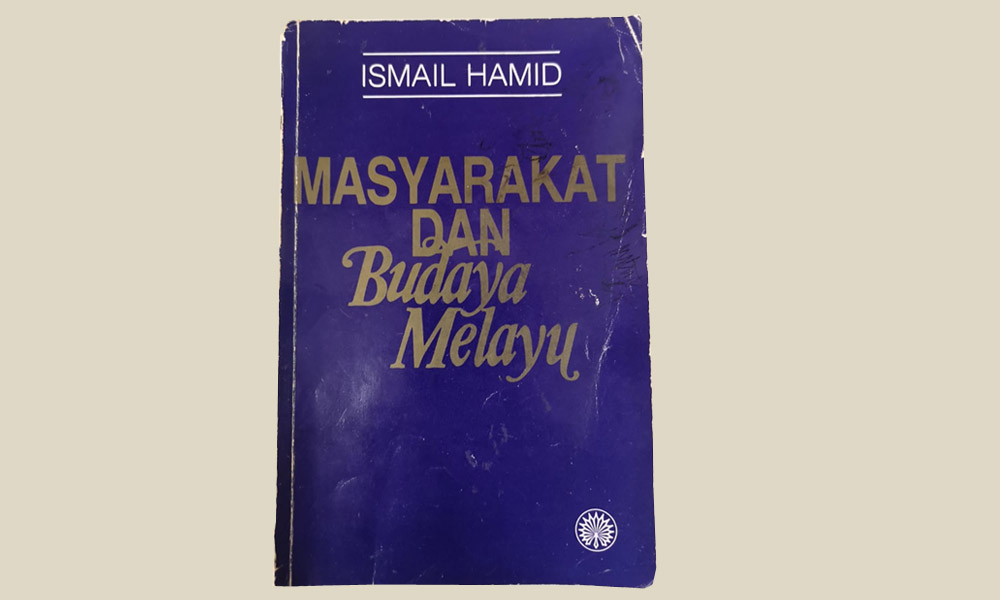
Nevertheless, it is important to note that the Malay society did not blindly embrace the Hindu-Buddhist culture in its entirety, but rather adapted it to suit local cultural patterns and religious beliefs. For example, the Malays did not adopt the Hindu caste system and that the scripts of Indian origin were modified for local language writing.
Sadly, our current school history textbooks have downplayed the influence of Indian civilisation on Malay kingdoms and society before the 14th century.
Worse still, the “ethno-nationalist narrative” of local history repeatedly claims that Parameswara, the Hindu-Buddhist founder of the Melaka sultanate, became a Muslim in 1414 and took a new name, Megat Iskandar Syah. However, based on Ming records, Parameswara died in late 1413 or early 1414 and was succeeded by his son, Megat Iskandar Syah. Make no mistake about it - Parameswara died as a Hindu-Buddhist.
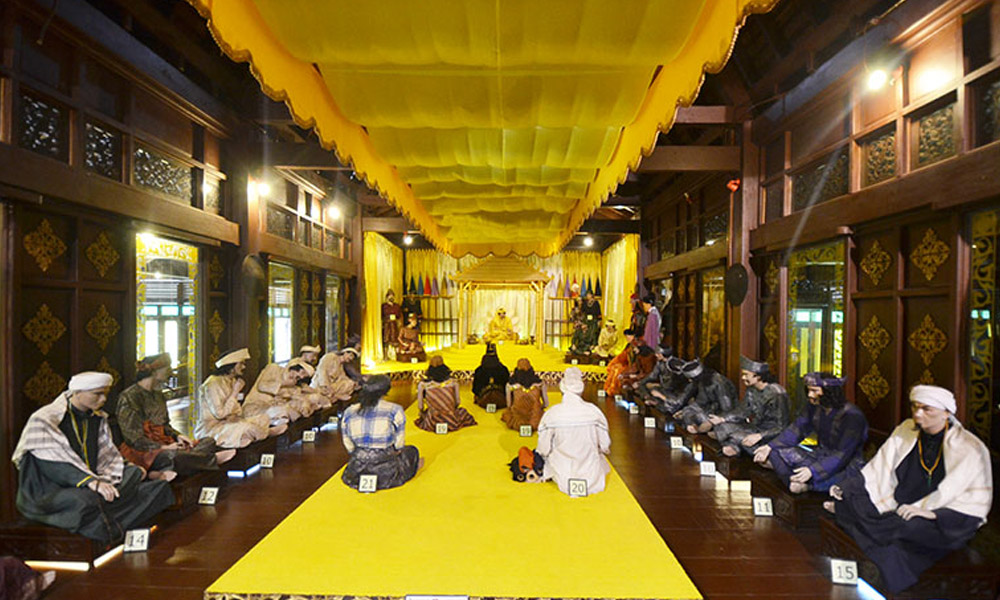
According to the ‘Sejarah Melayu’ or Malay Annals and other leading historians such as Oliver W Wolters, Christopher H Wake and Mary Turnbull, the first Melaka ruler to embrace Islam in the 1430s was Sri Maharaja, the third ruler of Melaka, who assumed the name of Muhammad Syah.
Historians generally agree that the first Indian voyages to the Malay Peninsula occurred several centuries BCE (Before Common Era). The Indians, particularly from the Coromandel Coast of South India, arrived in greater numbers during the first century CE. As stated by Roland Braddell, there were Indian settlements in the Malay Peninsula from the first century CE. However, there is no evidence of large-scale Indian migration to the Malay Peninsula in ancient times.
There are various theories regarding the process of Indianisation in the Malay Peninsula. First, it is suggested that the merchant class paved the way for the entry of Indian religion and culture primarily through marriage with local women. Second, it is argued that the local Malay chieftains took the initiative to invite the Hindu Brahmans to buttress their authority and legitimacy.
Third, it is suggested that Indian culture was spread by local Malays who were skilled and brave sailors. A considerable number of them had sailed to India and subsequently brought back knowledge of Indian culture. Fourth and finally, Buddhism, which was an important religion of the rulers of India at one time apart from the dominant Hindu religion, was spread by Buddhist monks under the auspices of wealthy merchants.
Malay city-states and kingdoms
From about the second century CE, Indianised Malay city-states or small kingdoms such as Ancient Kedah (Kadaram in Tamil and Kataha in Sanskrit), Gangga Nagara (Kinta Valley) and Langkasuka (modern Pattani district) began to emerge on the Malay Peninsula. By the late fifth century CE, Buddhism and Hinduism had gained a firm foothold in the Malay Peninsula.
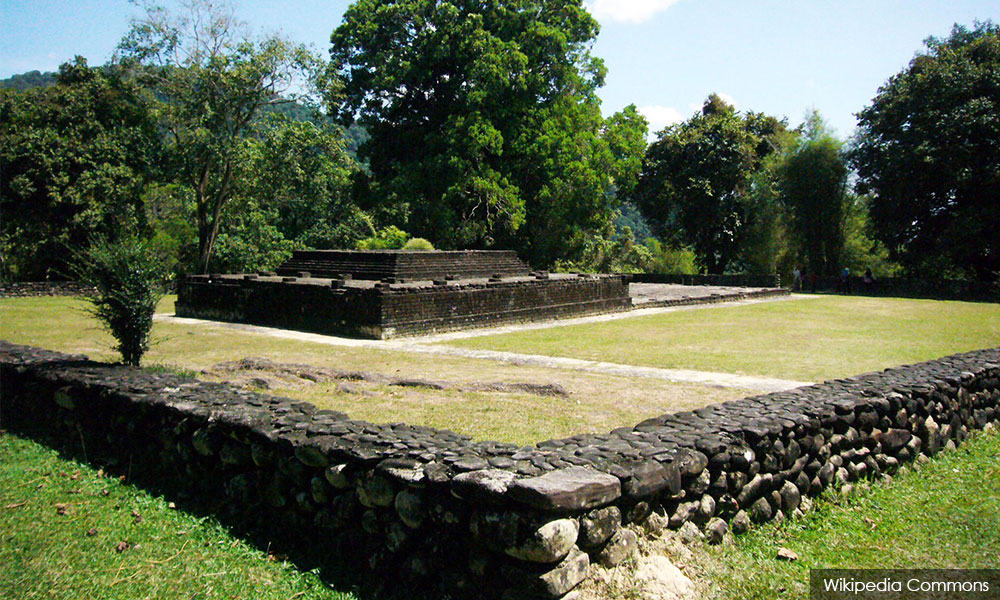
This is not only acknowledged by reputable historians but also by contemporary writers. For example, Mohd Fadli Ghani of PAS Research Centre in his article ‘Konsep Alam Melayu’ stated that the Malays were Hindu-Buddhists before embracing Islam.
A little-known fact is that there are several Sanskrit inscriptions on a boulder at Cerok To’Kun, near Bukit Mertajam which include reference to a king, Ramaunibha, who is probably, according to John Miksic, “the first Malaysian ruler whose name is recorded in history.”
The early Malay kingdoms adopted Indian ideas of divine kingship and form of government. Malay chieftains became rajas or maharajas with courts. Royal authority was buttressed by deifying the kings through elaborate rituals conducted by Hindu Brahmans. The early Malay kings were considered as the incarnation of Hindu gods, particularly Shiva, Vishnu and Brahma based upon the concept of devaraja (god-king).
The coronation customs of the early Malay rulers were influenced by Hindu culture. The tools used during the coronation of the king such as swords, bracelets and chains were the tools used by the Hindu gods. According to Richard Winstedt, the guardian genies of the state of Perak used to include Brahma, Vishnu and Indra.
Some elements of the influence of Hindu civilisation in the coronation ceremony of Malay rulers still exist today such as the erection of a five-tier dais for royal ceremonies, the ceremony of cleansing sins with the custom of watering, and the wearing of government tools on the hands, neck and head. The names of state dignitaries are also borrowed from the Indian element, including Seri Nara Diraja who is in charge of declaring the appointment of the Malay ruler.
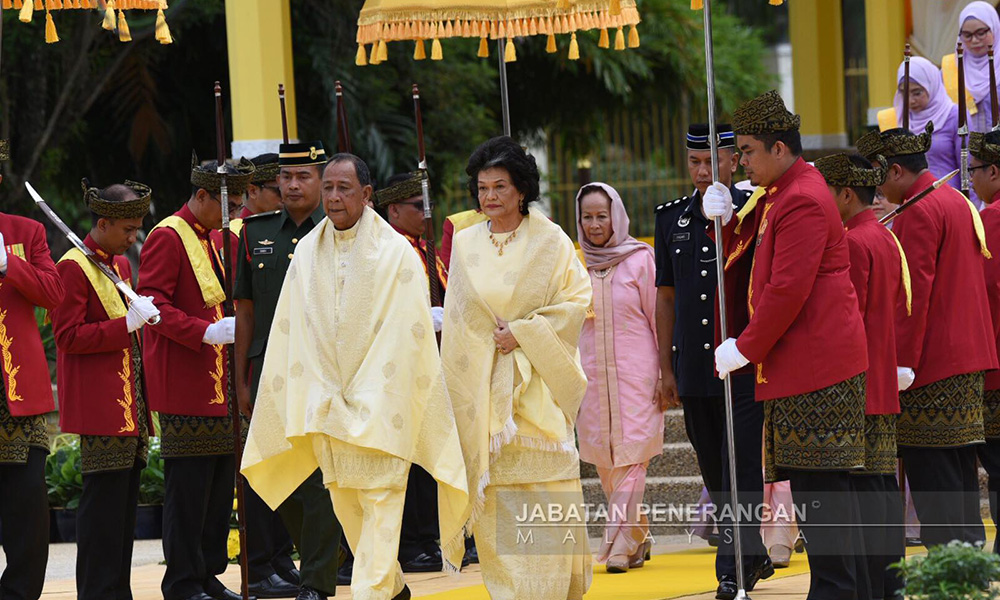
Hindu Brahmans were appointed as ministers, scribes, astrologers and advisors to the Malay kings. For example, in the kingdom of Tan-tan which was most likely located in the state of Terengganu, there were eight high officers of state of whom all were Brahmans. In the kingdom of Chih-tu (The Red-Earth Land), which according to Paul Wheatley was located in Kelantan, there were several hundred Brahmans in the royal court.
The hereditary system of government practised by the Malay kingdoms was also influenced by Hinduism. Additionally, early government law was influenced by the Law Code of Manu and the Hindu law book, the ‘Dharmasastra’ whilst the state system was influenced by the work of Arthasastra.
The early Malay rulers also adopted Sanskrit or Hindu names. For example, Chinese annals mention the Hindu state of Pa-hoang (Pahang) which was apparently ruled by Sari-Pala-Varma during mid-fifth century CE. A cornelian seal engraved with the name of a Hindu prince, Sri Vishnuvarman, was found in Kuala Selinsing, Larut district of Perak. Places were also given Indian names. For example, the capital of Pahang was formerly known as Indrapura (city of Indra), named after the Hindu god, Indra.
Based upon Chinese documentary evidence, Indian customs had permeated local life. In Chih-tu, both the nobility and commoners were cremated upon death. Hindu-influenced Malay marriage ceremonies, including the adat bersanding (sitting-in-state ceremony) and adat berinai (henna-staining ceremony) have survived till present times.
Malay vocabulary
Pertaining to the Malay language, the Indian civilisation has contributed significantly to its initial phase of development.
The Malay vocabulary consists of thousands of Sanskrit and Tamil loanwords. Among the Sanskrit loanwords related to government and administration in the Malay language are negara, negeri, kota, desa, raja, permaisuri, paduka, mahkota, istana, putera, puteri, perdana menteri, menteri, bendahara, laksamana, duta, tentera, wira and bumiputera. Religious loanwords include agama, sembahyang, dosa, neraka, syurga, pahala, puasa, dewa and dewi.
Examples of family-related Sanskrit loanwords include keluarga, suami, isteri, saudara, saudari and saya. Trading activities loanwords include harga, benda, harta, bahara and kerja whilst those related to language, literature and education are bahasa, erti, guru, siswa, mahasiswa, sastera and perpustakaan.
Sanskrit loanwords related to time include hari, masa, purba, ketika, tadi, bila and tatkala, whilst those related to the human body are rupa, kepala, lidah, nadi and bahu. Other Sanskrit loanwords in the Malay language are derma, kerana, utama, warna, segala, supaya, antara, aneka, maha, segera, and sempurna.
Among the Tamil loanwords in the Malay language related to trading activities are kedai, gedung, modal, kapal and perahu, whilst those related to household items include katil, peti, talam and tirai.
Tamil loanwords related to social relationships include bapa, ayah, emak, kakak, and mempelai. Examples of Tamil loanwords related to food items are apam, kanji, kari, mangga, bendi, putu and sate. Examples of other Tamil loanwords in the Malay language are cat, catur, misai, mahligai, logam, denda, kuil and kolam.
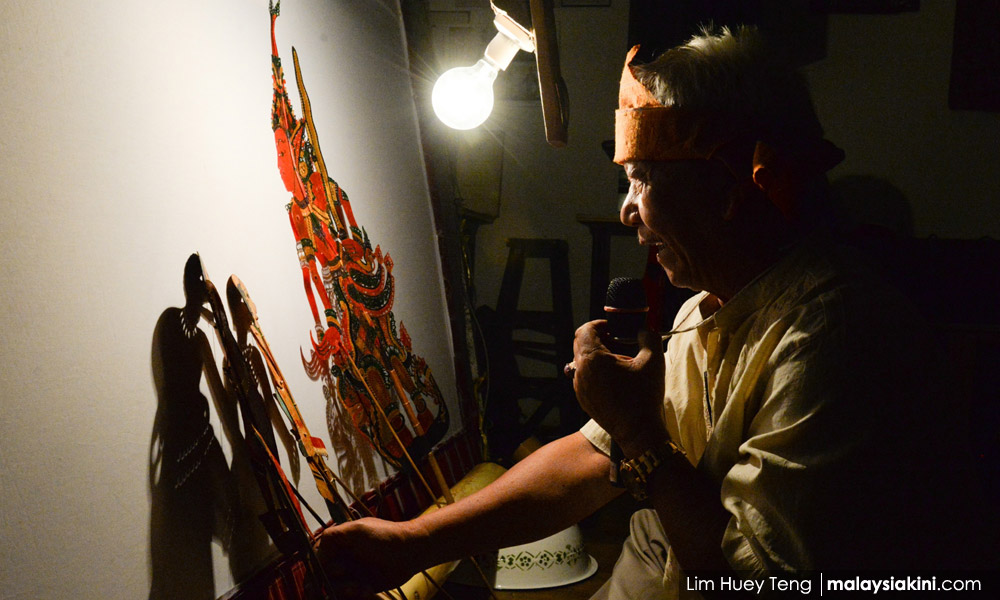
With regard to early Malay literature and performing arts, much of it was adapted from the two Sanskrit epics, ‘Mahabharata’ and ‘Ramayana’. Examples are ‘Hikayat Sang Boma’, ‘Hikayat Seri Rama’ and ‘Hikayat Pendawa’. The characters in the Malay wayang kulit or shadow-play - Ramayana, Sita Dewi and Hanuman - are too drawn from the ‘Mahabharata’ and ‘Ramayana’.
In conclusion, to paraphrase renowned archaeologist Philip Rawson, Indian culture has been a powerful civilising force on the Malay kingdoms and society from the first century till the 14th century CE. Vestiges of the influence of Indian civilisation remain in the Malay language, literature, customs and the coronation ceremony of Malay rulers.
Of course, the Indianising elements occurred during a specific period in the early history of Malay society and only traces of them remain behind today. But history, however ancient, must be told as it is and we must not deny our heritage. - Mkini
RANJIT SINGH MALHI is an independent historian who has written 19 books on Malaysian, Asian and world history. He is highly committed to writing an inclusive and truthful history of Malaysia based upon authoritative sources.
The views expressed here are those of the author/contributor and do not necessarily represent the views of MMKtT.




No comments:
Post a Comment
Note: Only a member of this blog may post a comment.